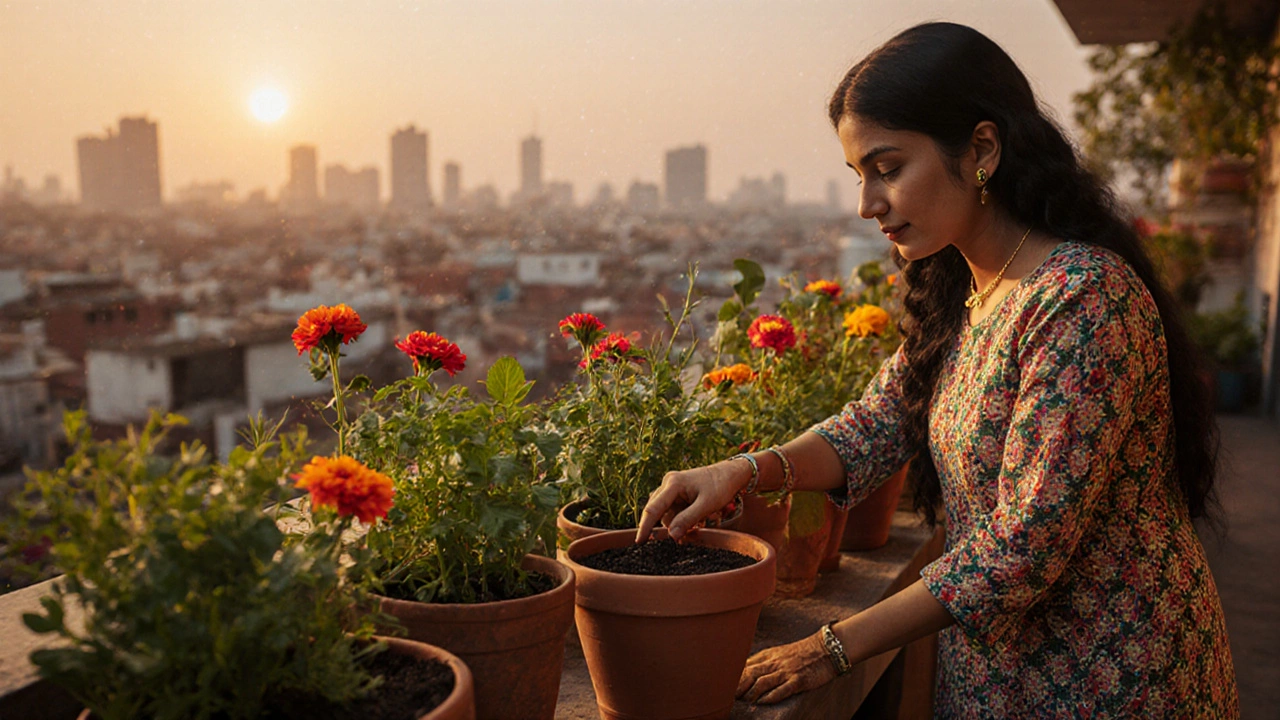Container Garden Water Schedule: How to Keep Your Potted Plants Happy
When planning a container garden water schedule, a plan that tells you how much and how often to water plants grown in pots or containers. Also known as container watering schedule, it helps prevent over‑watering and drought stress.
Getting the timing right is the first step. A good schedule requires knowing the plant’s growth stage, the weather, and the pot’s size. Too much water leads to root rot, while not enough leaves the plant thirsty. By matching water amounts to real need, you boost growth and cut waste – that’s the core of container garden water schedule success.
Key Tools that Shape the Schedule
One of the most reliable ways to deliver water is through drip irrigation, a low‑flow system that delivers water directly to the root zone. Also known as drip system, it cuts waste and lets you set exact intervals. When you pair drip lines with timers, the schedule includes drip irrigation as a built‑in component, making daily hand‑watering optional.
Mulch plays a silent but powerful role. Adding a layer of mulch, organic material spread on the soil surface to retain moisture. Also called organic mulch, it reduces evaporation, meaning you can stretch watering intervals. In practice, mulch influences water retention, so you adjust the schedule accordingly.
To fine‑tune any plan, you need data. soil moisture, the amount of water held in the growing medium, measured by sensors or a simple finger test. Sometimes referred to as soil moisture sensor, this metric enables efficient watering. When the soil stays within the target range, the schedule knows when to skip a cycle.
All these pieces tie back to a bigger goal: water conservation, practices that reduce water use while keeping plants healthy. Also known as water saving, it drives decisions on timing, method, and amount. A well‑crafted schedule embodies water conservation by delivering just enough water at the right moment.
Seasonal changes add another layer. In hotter months, increase frequency or use a finer drip emitters; in cooler periods, pull back. Adjustments keep the schedule aligned with temperature swings and daylight changes, ensuring your containers never suffer from drought or soggy roots.
Now that you understand the core entities—drip irrigation, mulch, soil moisture monitoring, and water conservation—you’re ready to see them in action. Below you’ll find articles that dive deeper into each tool, share real‑world set‑ups, and offer step‑by‑step guides to perfect your container garden water schedule.
Should I Water My Container Garden Daily? Expert Guide
Discover why daily watering isn’t needed for container gardens, learn how to test soil moisture, and get practical tips to set the right watering schedule.
- manufacturing
- India
- food processing
- garden tips
- rice cultivation
- government schemes
- balcony garden
- urban gardening
- balcony gardening
- profitable business
- business ideas
- plastic manufacturing
- drip irrigation
- plant care
- steel manufacturing
- sustainable gardening
- startup ideas
- steel industry
- flower gardening
- textile manufacturers






